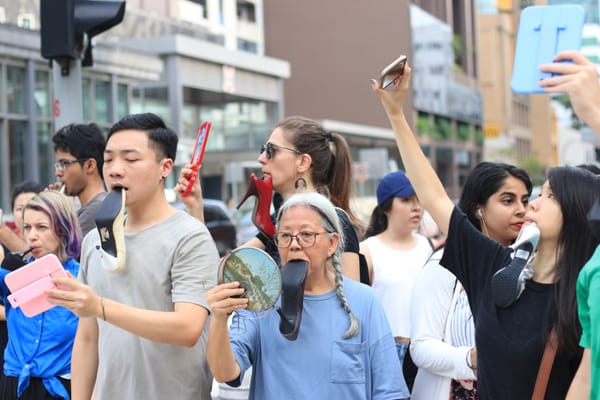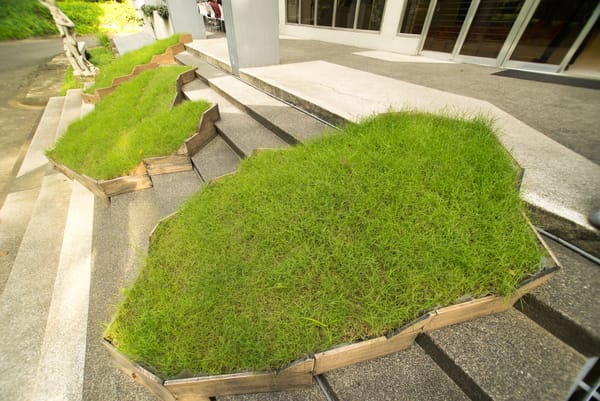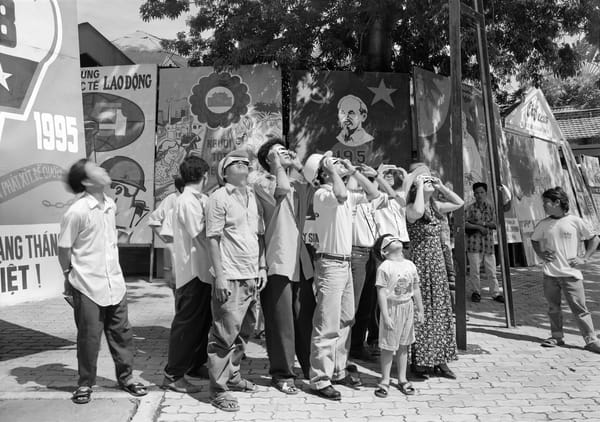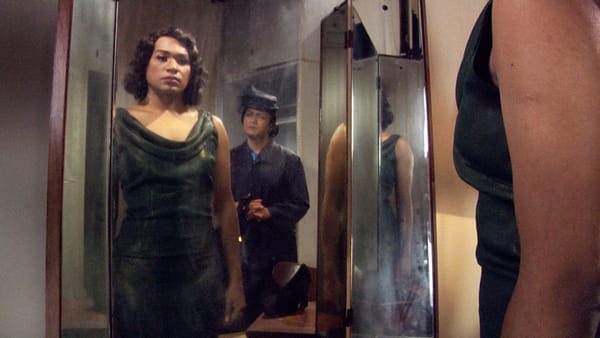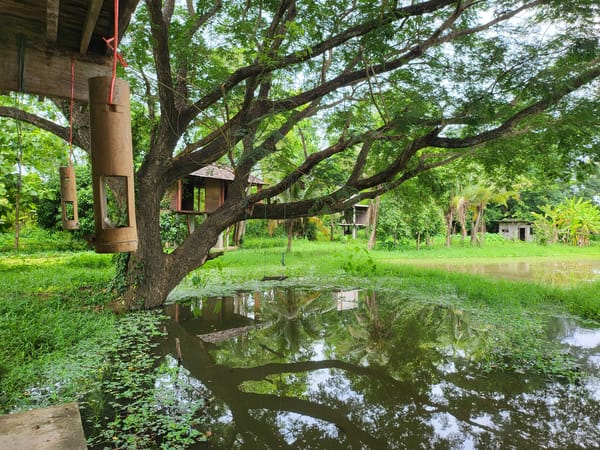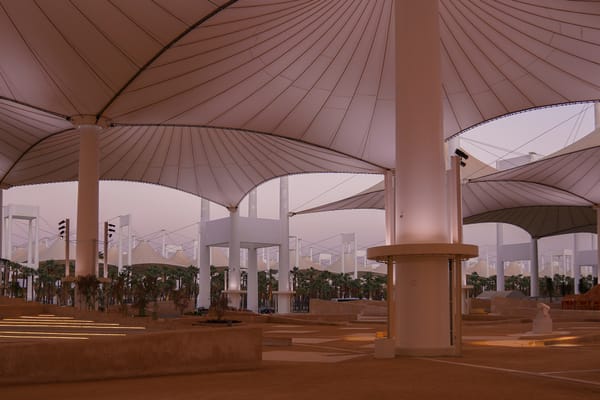Issue
Lee Bul: Recursive Worlds
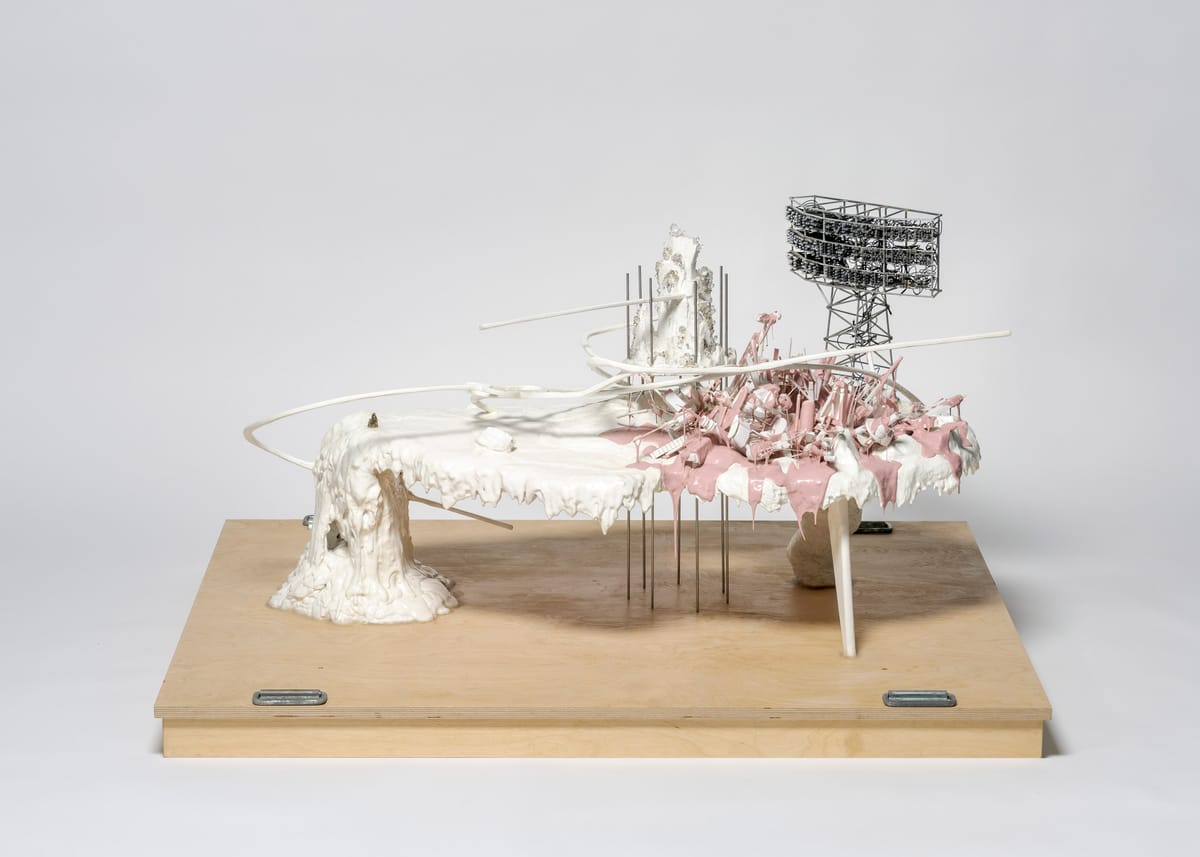
In 2021, the Seoul Museum of Art presented a Lee Bul exhibition under a seemingly self-explanatory title, “Beginning.” The show offered an extensive selection of the Korean artist’s early works—from her iconic performances (or more precisely, their documentation) to sculptures, installations, and archival materials. Though the 10-year survey, covering the late 1980s to the late 1990s, risked narrowly framing Lee’s practice as feminist spectacle, it nonetheless offered a timely vantage point, coming after “Crashing” (a 30-year roundup at the Hayward Gallery, London, 2018) and “Utopia Saved” (focusing on works from 2005–20 at The Manege, St. Petersburg, 2020), while anticipating “Lee Bul: From 1998 to Now,” slated to appear at the Leeum Museum of Art, Seoul, in September this year, and at M+, Hong Kong, in 2026.
Lee’s practice has often been described as a gradual evolution—from visceral, body-centered performances to futuristic sculptures and, eventually, to complex architectural installations. Although this narrative holds true in a technical sense, it need not be the only model for her formal development. A cross-temporal reading reveals something more intricate: a recursive structure, in which each part reflects the whole—an artistic vision that replicates itself at every scale. What if the flesh-and-blood beginning of her work already contained sculptural principles? What if her architectural projects were not endpoints, but reincarnations of her earliest embodied gestures? Lee’s oeuvre should be seen not as a linear trajectory, but as a conceptual loop—where speculative bodies and affective architectures fold into one another, generating layered infrastructures of futures past and ruins yet to come.
The Third Body: Lee Bul’s Speculative Embodiments
Lee’s 1990s performances left a lasting impression at a time when traditional art media still dominated the Korean art scene, and when any form of social critique by a female artist troubled a deeply patriarchal society. She clearly wished to forge alternative modes of engagement within a system then sharply divided between modernist formalism and politically driven minjung art—staking out a space of her own through unsettling performances that merged grotesque bodily prosthetics, visceral discomfort, and unsettling ambiguity. “It was,” she told writer Alain Elkann in a 2023 interview, “my attempt to erase and write something new over that existing story.”
